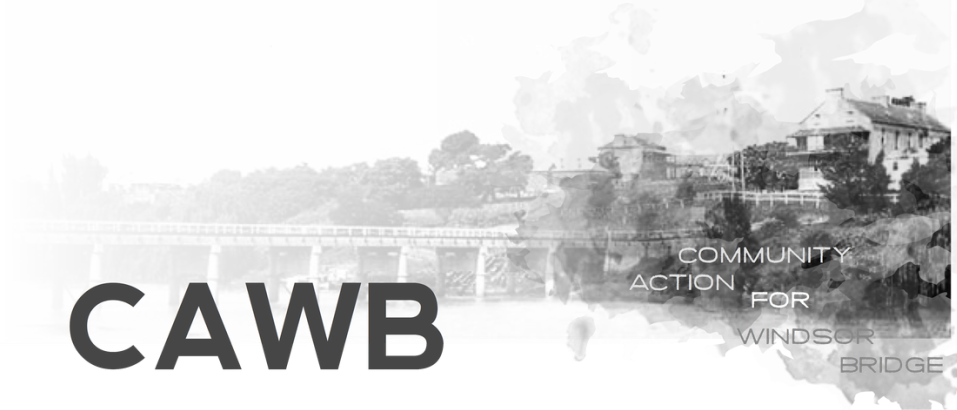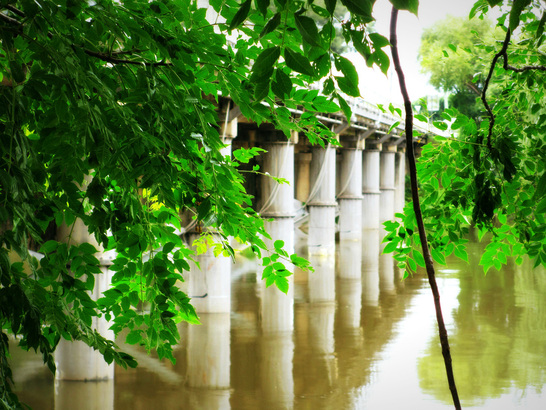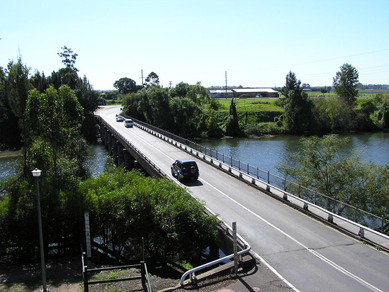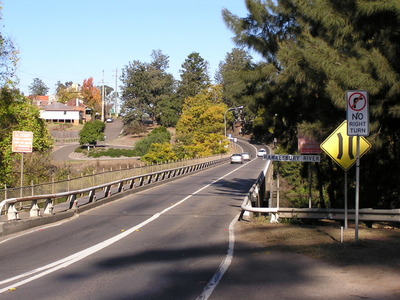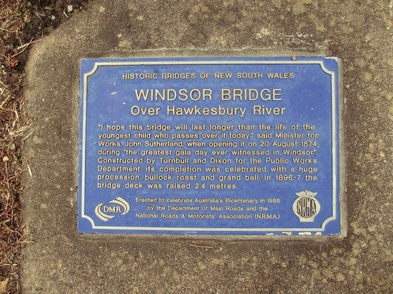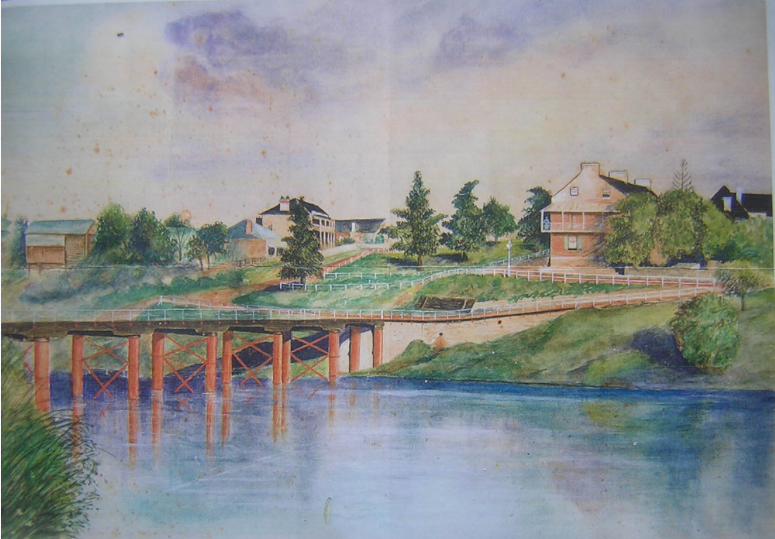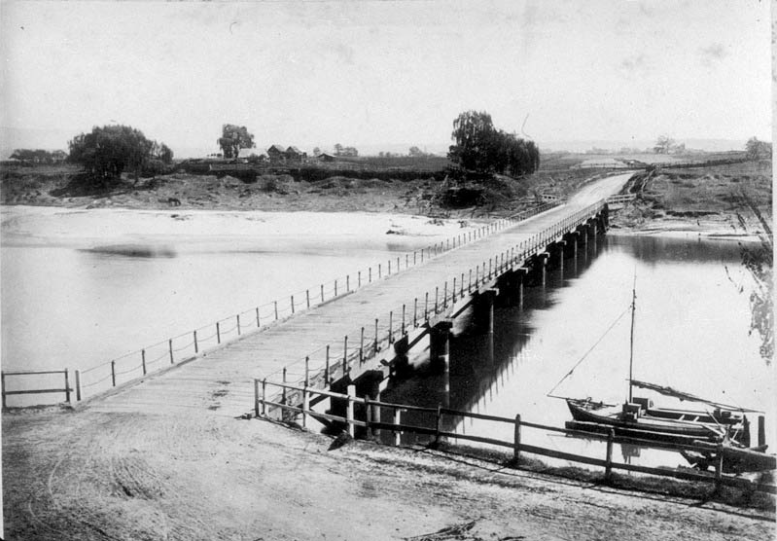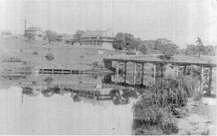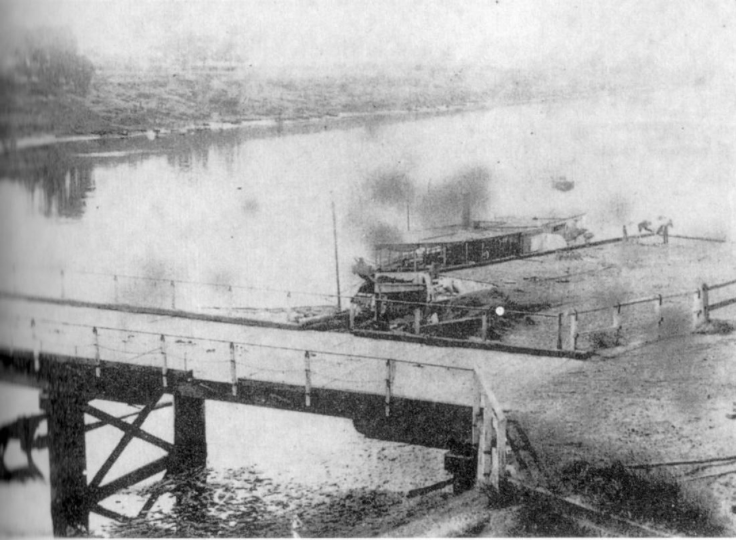"The River and this crossing of it has defined the life of several generations of local inhabitants on both sides of the River. As the suburban outskirts of Sydney widen and come closer to the still distinct and distinctive Macquarie towns, the rich history of the area and its physical remains become increasingly important to the community’s senseof identity. The Windsor Bridge is thus an important part of Windsor’s history and identity."
Quoted in Government Architect's Office, 2011, p 5.
Quoted in Government Architect's Office, 2011, p 5.
AboutFrom the lower area of Thompson Square you are able to see the existing historic Windsor Bridge, which will be demolished as a result of the Project (also known as Option 1). Windsor Bridge crosses the Hawkesbury River from Bridge Street, Windsor. Over 18,000 vehicles per day use the bridge. Over 70% of the traffic using the bridge is through traffic. It not only provides a local link for communities on either side of the river, but is also an important regional link between western Sydney and the Hunter Valley and Blue Mountains.
HistoryThe Windsor Bridge is the oldest, existing bridge crossing over the river at Hawkesbury. It was opened in 1874 and parts of it (such as the caisson deck supports) are original and over 130 years old. It was designed by the Public Works Department and constructed, between 1872-1874, by contractors Andrew Turnbull and William K. Dixon.
A plaque that was placed on the bridge to celebrate Australia's Bicentenary quoting the then Minister for Public Works John Sutherland, who opened the bridge in 1874, states:
After completion of the bridge in 1874 the level was raised by 2.5 metres in 1897 and the hardwood superstructure was replaced by reinforced concrete in 1922. In 1934 a new approach road was created in order to meet the needs of modern motor traffic. Prior to the construction of the Windsor Bridge, the crossing of the Hawkesbury River at Windsor was made by ferry. Approval for John Howe to operate a ferry across the Hawkesbury River from Windsor was granted in October 1814. Howe’s regular service operated from 1814 and was taken over by the government in 1832. This service would have ceased on completion of the bridge in 1874. |
|
Windsor's old punt wharf is a maritime archaeological site identified by timber beams protruding from the bank. The date of this remnant wharf is currently unknown but the punt wharf site may provide evidence and information about the earliest river crossing in Windsor. The site is wholly within the proposed road reserve of the Project.
Sources:
- Austral Archaeology. (2011). Final Draft Report: Built Heritage and Archaeological Landscape Assessment: Windsor Bridge Options Preliminary Investigation. Roads and Traffic Authority of NSW (RTA), August 2011.
- Government Architects Office. (2011). Landscape and visual investigation for bridge options at Windsor. Roads and Traffic Authority of NSW (RTA), August 2011.
- Roads and Traffic Authority of NSW (RTA). (2011). Windsor Bridge Replacement: Options Report. RTA, August 2011.
